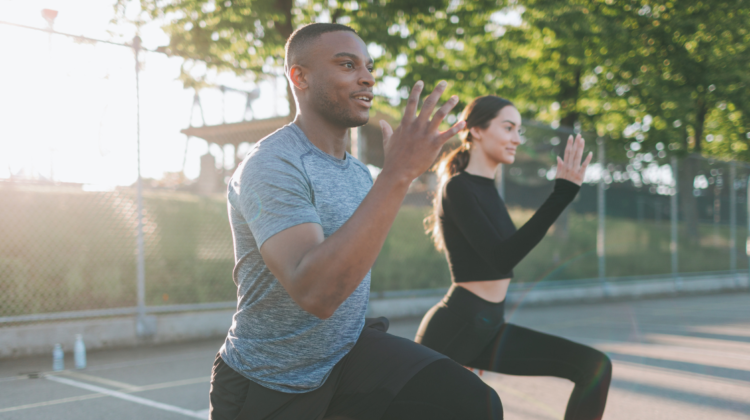
John den Boer Expert Groundstrokes Tips for Tennis Athletes
If you want to improve your groundstrokes in tennis, there is no better person to turn to than John den Boer. As a professional coach and athlete trainer, John has spent years perfecting his technique and helping athletes at all levels do the same. This post will dive into his top tips and tricks for mastering your groundstrokes and taking your game to the next level. So whether you are a beginner or a seasoned pro player, read on to learn from one of the best in the business.
The Importance of Groundstrokes in Tennis
Regarding tennis, groundstrokes are arguably the most important aspect of the game. Groundstrokes are shots taken after the ball has landed on the court once. And maybe performed with either a forehand or a backhand grip. However, these shots are essential for both defensive and offensive strategies. They allow players to control the game’s pace and keep their opponents on the move.
Why is mastering groundstroke essential?
To become a successful tennis player, it is crucial to master the fundamentals of groundstrokes. From proper grip and technique to footwork and movement on the court. However, every aspect of the shot plays a role in a player’s ability to execute it effectively. Additionally, by improving their groundstrokes, tennis players can take their game to the next level and succeed on the court.
What can athletes achieve after mastering?
Groundstrokes can be the difference between winning and losing a match. Skilled players can hit powerful, precise shots that are difficult for their opponents to return. A strong groundstroke game allows players to dominate rallies and pressure their opponents. Also, mastering groundstrokes can help players develop their overall tennis skills, including footwork, movement, and hand-eye coordination.
Basic Techniques of Groundstroke
To improve your groundstrokes, it is essential to master the basic techniques. The two most common groundstrokes are forehand and backhand. Let’s break down each technique individually.
- Forehand
Begin with your feet shoulder-width apart and the racket in your dominant hand. Then, place your non-dominant hand on the racket’s neck. Bring the racket back with a straight arm as you move your body sideways toward the net. Swing forward while shifting your weight to your front foot and rotating your hips and shoulders. After that, strike the ball in front of your body. However, making contact with the centre of the strings. Continue by extending your arm in the direction of the goal.
- Backhand
Stand shoulder-width apart with your dominant hand on the racket. Turn your body slightly to the side and place your non-dominant hand on the bottom of the racket handle. Bring the racket back with your arm straight and parallel to the ground. Swing forward, shifting your weight to your front foot and twisting your hips and shoulders. Strike the ball in front of your body, making contact with the centre of the strings. Continue by extending your arm towards the goal.
Practice these fundamental skills until they become second nature. Remember to maintain sight of the ball, utilize a loose grip, and be calm. Once you have mastered the basics, you can move on to more advanced techniques, footwork, and strategies.
Strategies for Developing Consistency and Power
In addition to mastering the basic techniques and perfecting your footwork, developing consistency and power in your groundstrokes is essential for taking your game to the next level. Here are some strategies that John den Boer recommends for achieving this:
- Practice with a purpose
Set specific goals for your practice sessions and focus on achieving them. For example, you might focus on hitting a certain number of shots in a row without missing or working on your footwork while hitting a series of forehands.
- Work on your timing
Consistency in groundstrokes is largely dependent on timing. Practice hitting the ball at different heights and speeds to develop your ability to adjust to different shots and hit with consistent power.
- Utilize cross-training exercises
Building strength and endurance in your legs, core, and upper body through exercises like running, weightlifting, and yoga can improve your groundstrokes and help you maintain consistency and power throughout a match.
- Improve your mental game
Consistency in groundstrokes is also largely dependent on mental focus and control. Practice mindfulness and visualization techniques to improve your concentration and ability to stay calm under pressure.







